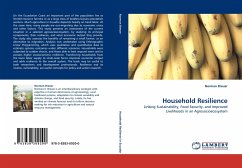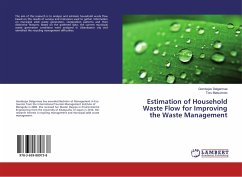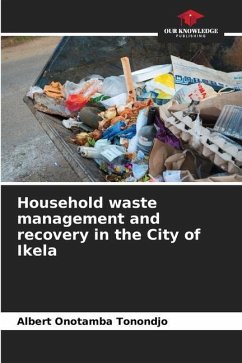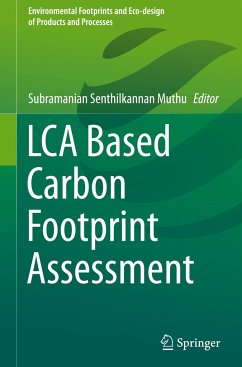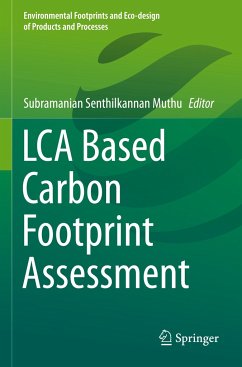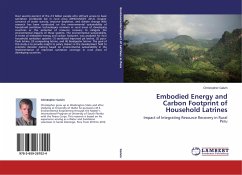
Embodied Energy and Carbon Footprint of Household Latrines
Impact of Integrating Resource Recovery in Rural Peru
Versandkostenfrei!
Versandfertig in 6-10 Tagen
36,99 €
inkl. MwSt.

PAYBACK Punkte
18 °P sammeln!
Over seventy percent of the 2.5 billion people who still lack access to basic sanitation worldwide live in rural areas (WHO/UNICEF, 2012). Despite concerns of water scarcity, resource depletion, and climate change little research has been conducted on the environmental sustainability of household sanitation technologies common in rural areas of developing countries or the potential of resource recovery to mitigate the environmental impacts of these systems. The environmental sustainability, in terms of embodied energy and carbon footprint, was analyzed for four household sanitation systems: (1...
Over seventy percent of the 2.5 billion people who still lack access to basic sanitation worldwide live in rural areas (WHO/UNICEF, 2012). Despite concerns of water scarcity, resource depletion, and climate change little research has been conducted on the environmental sustainability of household sanitation technologies common in rural areas of developing countries or the potential of resource recovery to mitigate the environmental impacts of these systems. The environmental sustainability, in terms of embodied energy and carbon footprint, was analyzed for four household sanitation systems: (1) ventilated improved pit latrine, (2) pour-flush latrine, (3) composting latrine, and (4) biodigester latrine. The goal of this study is to provide insight to policy makers in the development field to promote decision making based on environmental sustainability in the implementation of improved sanitation coverage in rural areas of developing countries.






